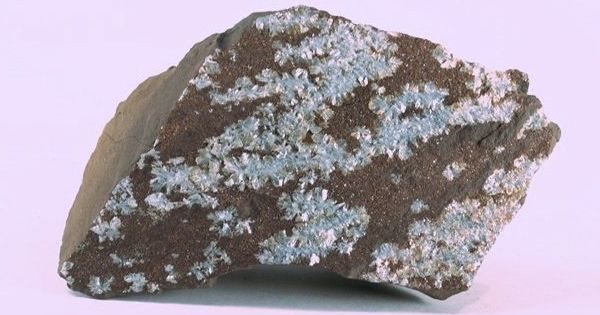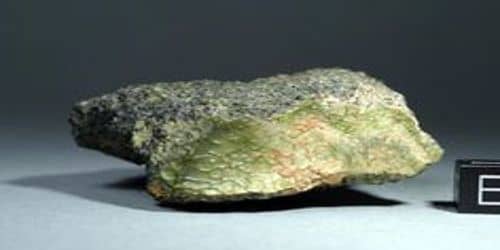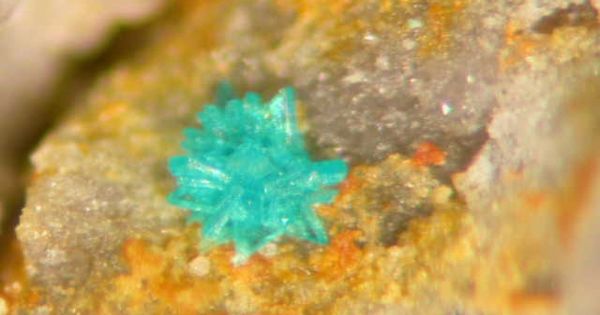Nacrite is a clay mineral, consisting of hydrous silicate of aluminum and being polymorphous with kaolinite. Its formula, Al2Si2O5(OH)4, is a clay mineral that is polymorphous (or polytypic) with kaolinite. It is the rarest of the kaolin polymorphs known. It is basic aluminum silicate clay that is a polymorph of kaolinite. It is a 1:1 aluminous dioctahedral phyllosilicate (clay) mineral, and most occurrences are associated with hydrothermal or pneumatolytic processes.
Nacrite is a clay mineral related to kaolinite and usually occurring as masses of tiny colorless or white scales. It is a variety of the mineral kaolinite; also, a partially altered mica.
General information
- Category: Phyllosilicates Kaolinite-serpentine group
- Formula: Al2Si2O5(OH)4
- Crystal class: Domatic (m) (same H-M symbol)
- Colour: White, grey, yellowish, brownish, etc.

Properties
It crystallizes in the monoclinic system. It is a crystallized clay mineral of the kaolinite group; structurally distinct in being the most closely stacked in the c-axis direction. X-ray diffraction analysis is required for positive identification. However, the crystal can be described as a monoclinic structure having two layers and a larger beta angle.
- Lustre: Pearly
- Streak: White
- Hardness: 2 – 2½ on Mohs scale
- Crystal System: Monoclinic
- Cleavage: {001} Perfect
- Density: 2.6
- Diaphaneity: Transparent
- Streak: white
Occurrences
Nacrite is a clay mineral of the kaolinite group. It was first described in 1807 as an occurrence in Saxony, Germany. The name is from nacre in reference to the dull luster of the surface of nacrite masses scattering light with slight iridescences resembling those of the mother of pearls secreted by oysters. The mineralogy of the deposit includes diaspore, boehmite, and kaolinite, nacrite, with minor pyrite, anatase, and rutile.
















